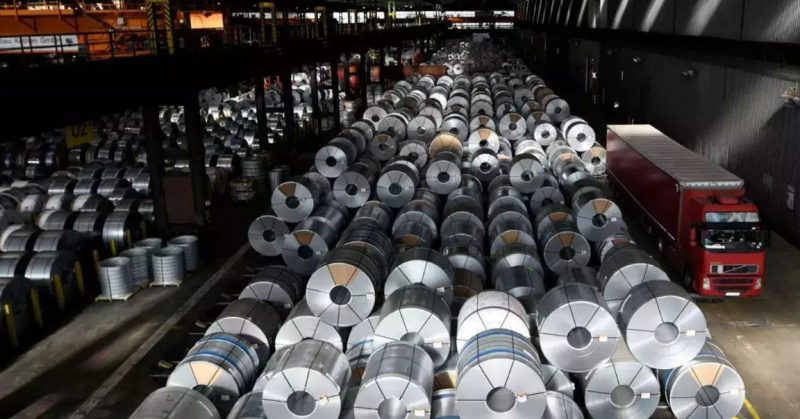
Demand Decline Forces Production Cuts in India’s Steel Sector
India’s small steel producers are reducing output by up to one-third amid weak construction demand and declining steel prices. These firms, contributing roughly 45% of the country’s steel capacity, struggle with excess inventory and high raw material costs. Despite government tax cuts aimed at boosting consumption, the construction slowdown—exacerbated by heavy monsoon rains—continues to suppress steel demand.
Meanwhile, the automotive sector, another key steel consumer, has yet to recover. In response, domestic hot-rolled coil (HRC) prices have dropped to a six-month low of $553.5 per ton, according to BigMint. These conditions are squeezing margins for smaller producers who also face rising electricity costs and limited policy support compared to large integrated mills.
Steel Prices Drop and Exports Rise Amid Domestic Challenges
Although domestic demand has weakened, India’s steel exports have surged. From April to August 2025, steel exports (including stainless steel) rose 22% year-over-year to 3.2 million tons. Exports of hot-rolled coil and sheets alone increased by 12%, reaching 0.67 million tons. This partially offsets domestic softness but does little to help smaller players focused on internal markets.
Last year, a surge in domestic consumption led to a rise in imports from China, Japan, and South Korea. In response, the Indian government imposed temporary tariffs in April 2025 to prevent market flooding. However, current demand conditions suggest limited relief for small producers until at least December.
SuperMetalPrice Commentary:
India’s fragmented steel landscape shows the vulnerability of small producers to macroeconomic swings and climate-related disruptions. While exports offer some buffer, internal market softness, especially in construction, highlights the urgent need for targeted support. Policies favoring infrastructure and energy subsidies could stabilize the sector. However, in the absence of robust domestic demand, production cuts may persist, potentially altering India’s supply-demand balance in Q4 2025 and early 2026.


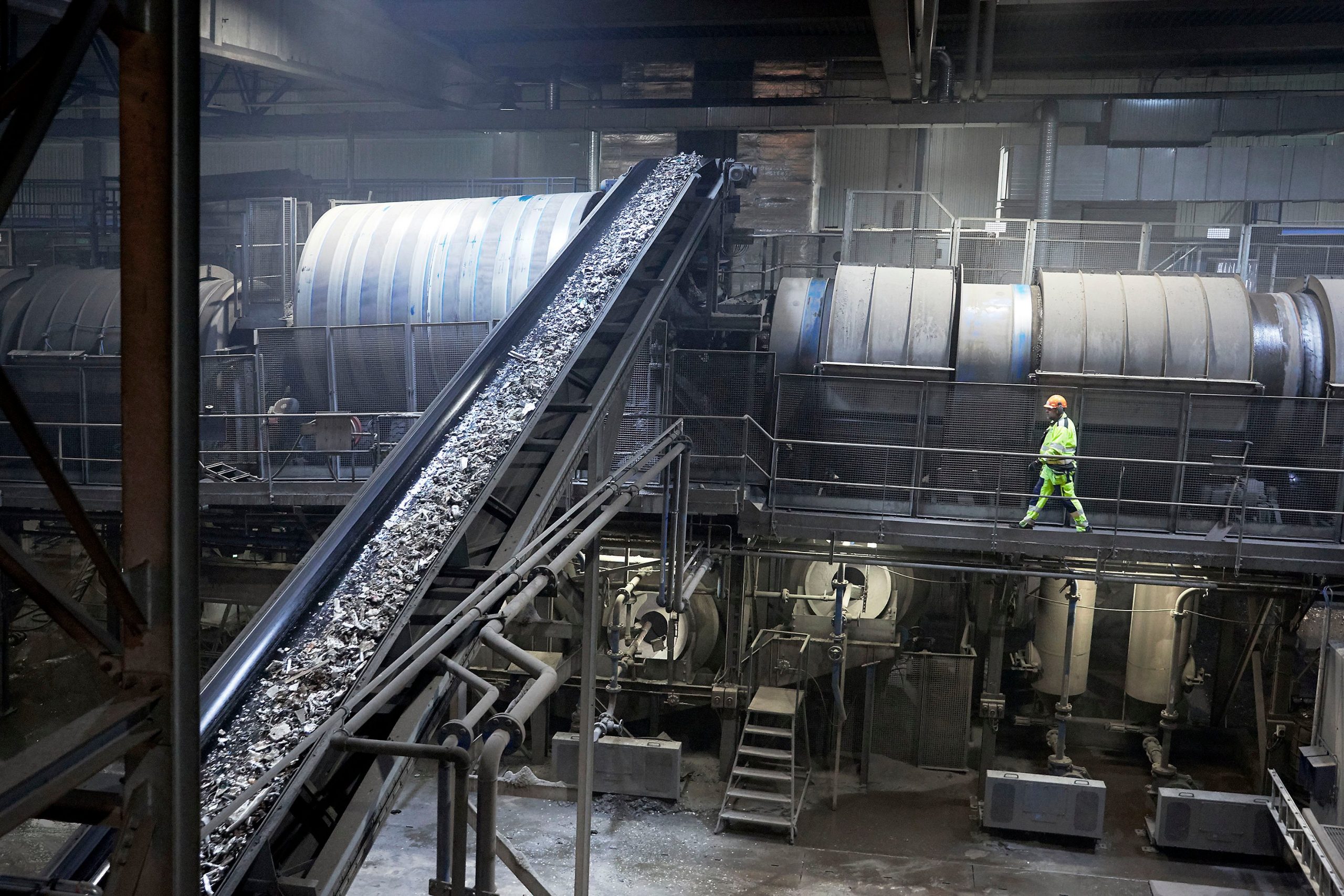




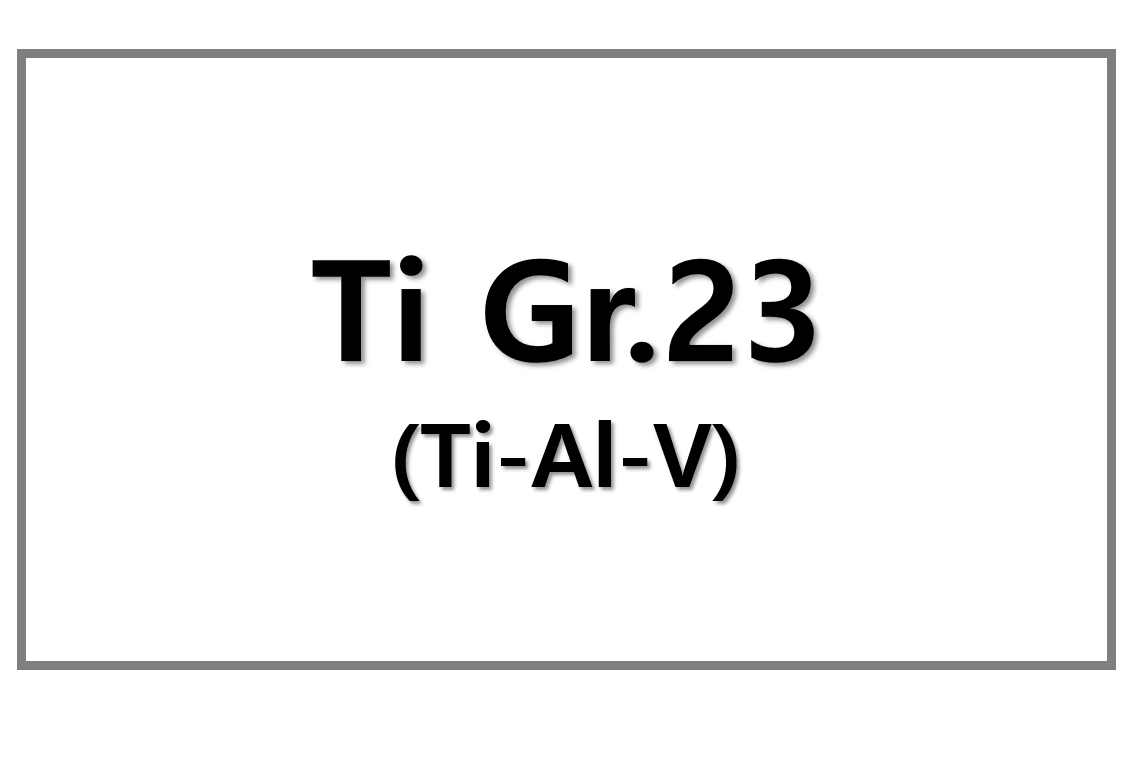
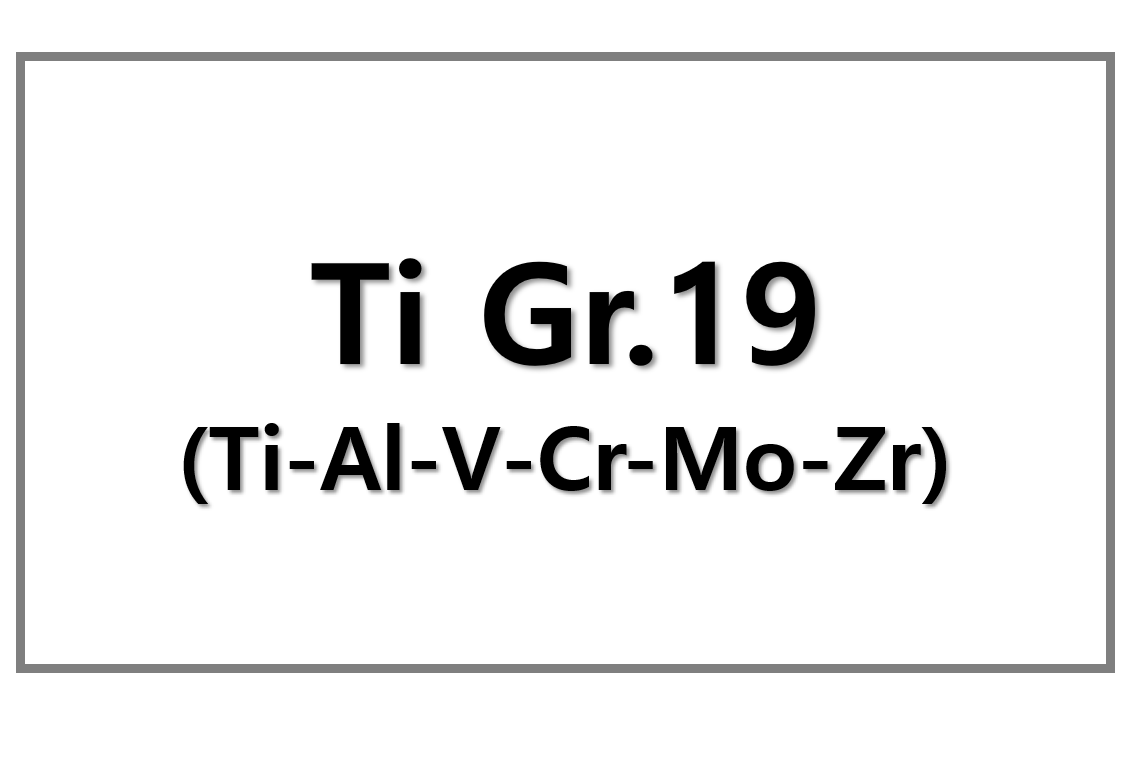
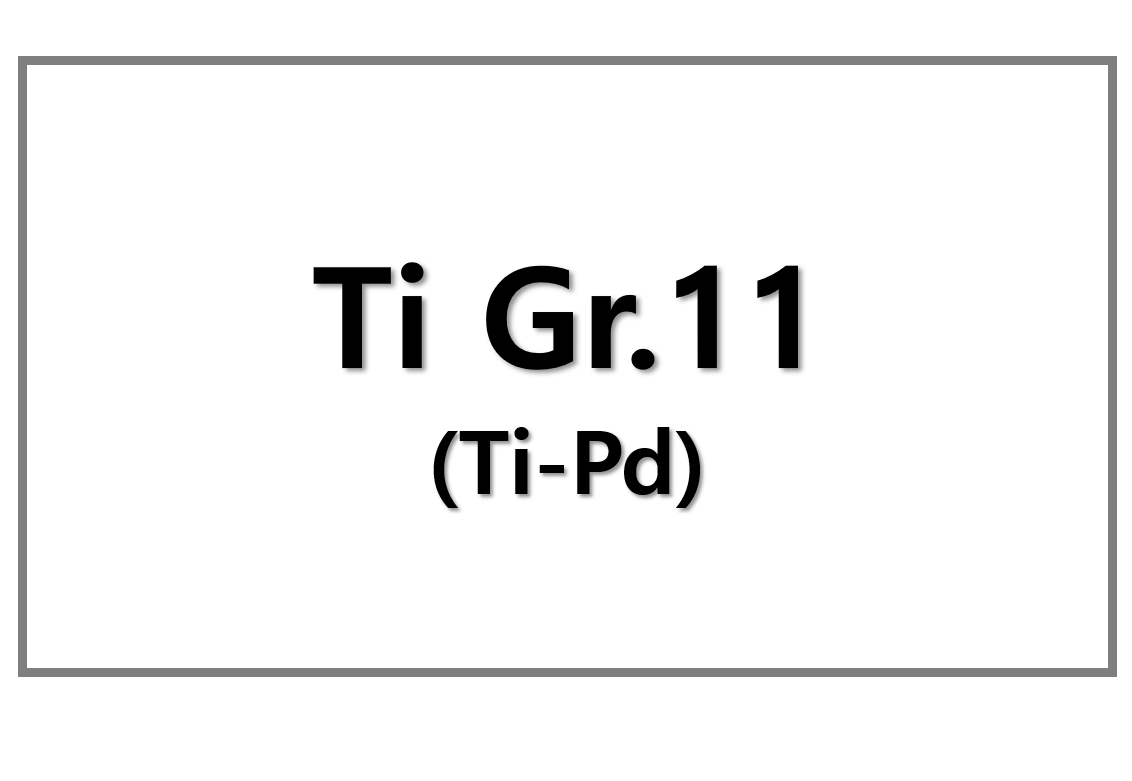
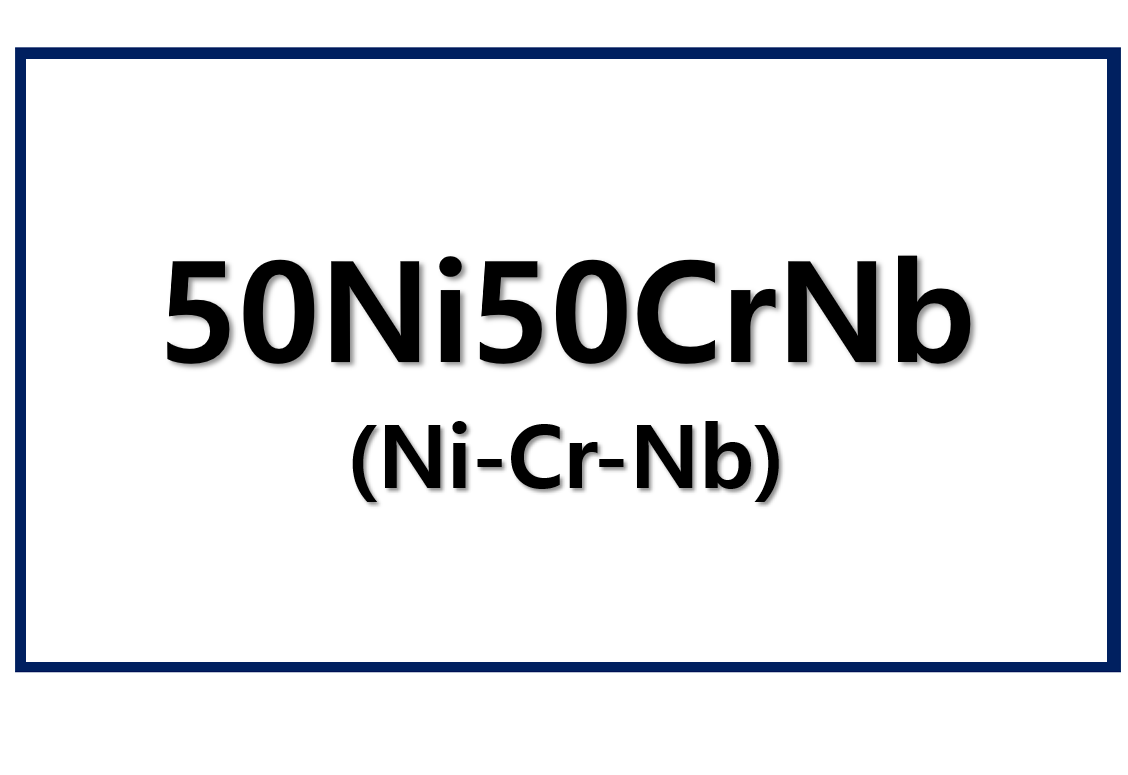
Leave a Reply
You must be logged in to post a comment.